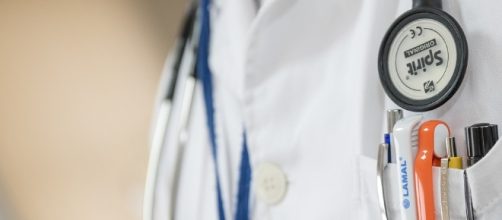Arthritis, for too many people, is a part of getting old. The disease causes the deterioration of cartilage that protects joints, such as in the knees and hips that cushion them and they turn about or bend. The result of such deterioration is often almost unbearable pain.
Drugs can sometimes deal with the worst of the pain. Knee and hip replacements can also help, but the procedures tend to be complex and recovery times can be lengthy. Some progress has been made in creating cartilage from stem cells that can be implanted. But, according to Futurism, a group of researchers in Australia have gone one better.
Bioprinting cartilage at the site of the joint
The research team at the ARC Center of Excellence for Electromaterials Science (ACES) and St. Vincent’s Hospital in Melbourne have developed a way to repair bone cartilage directly where it is needed. The BioPen, as the device is called, 3D prints out a stream of the patient’s stem cells protected by a hydrogel bioink. The hydrogel protects the stems cells as they grow into cartilage and then dissolves into the body.
What the new technology could mean
Repairing joint cartilage with the BioPen could eliminate the necessity of knee or hip replacements. A knee replacement involves cutting away a damaged knee and replacing it all or partially with a metal or plastic joint.
A hip replacement involves replacing the joint that connects the pelvis to the femur. Both procedures involve some recovery and physical therapy time.
The cartilage printing technology will not replace all knee and hip replacements since often the bone is damaged as well. But it will cut down on the numbers of the procedures considerably.
350 million people suffer from arthritis worldwide, a number that is likely to increase as populations continue to age, meaning more people are going to have to have joints repaired in some fashion.
What the future holds for the BioPen
So far the BioPen has only been tested in the laboratory. The next step will likely involve animal studies as researchers seek to refine the procedure.
But once human trials are completed, the procedure will find its way into a clinical setting.
Moreover, bone cartilage is not the only Body Tissue that could be repaired using the BioPen. In theory and damaged human tissue could be touched up with the device. Broken or worn bones could be strengthened. Heart muscles damaged after a cardiovascular event could be repaired. Burned skin could be restored with a remarkable precision. The technology has the potential of being a benefit for a wide variety of injuries and conditions.


